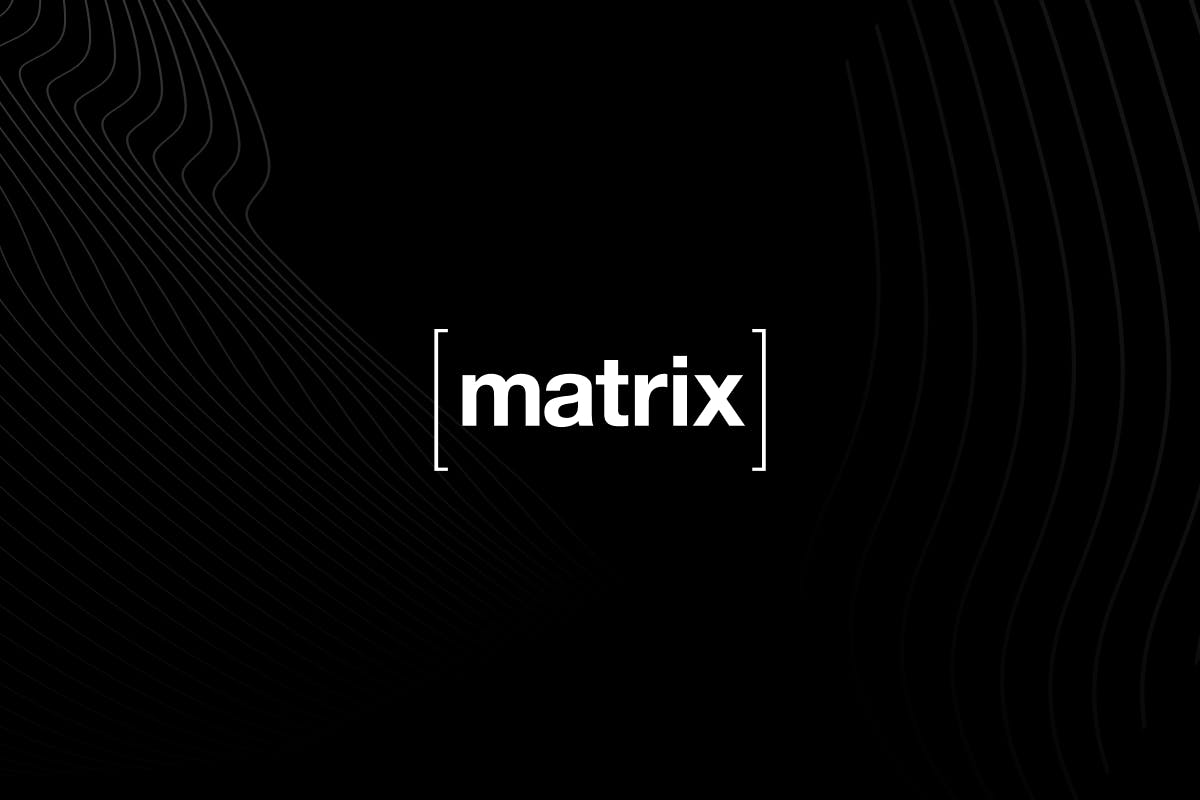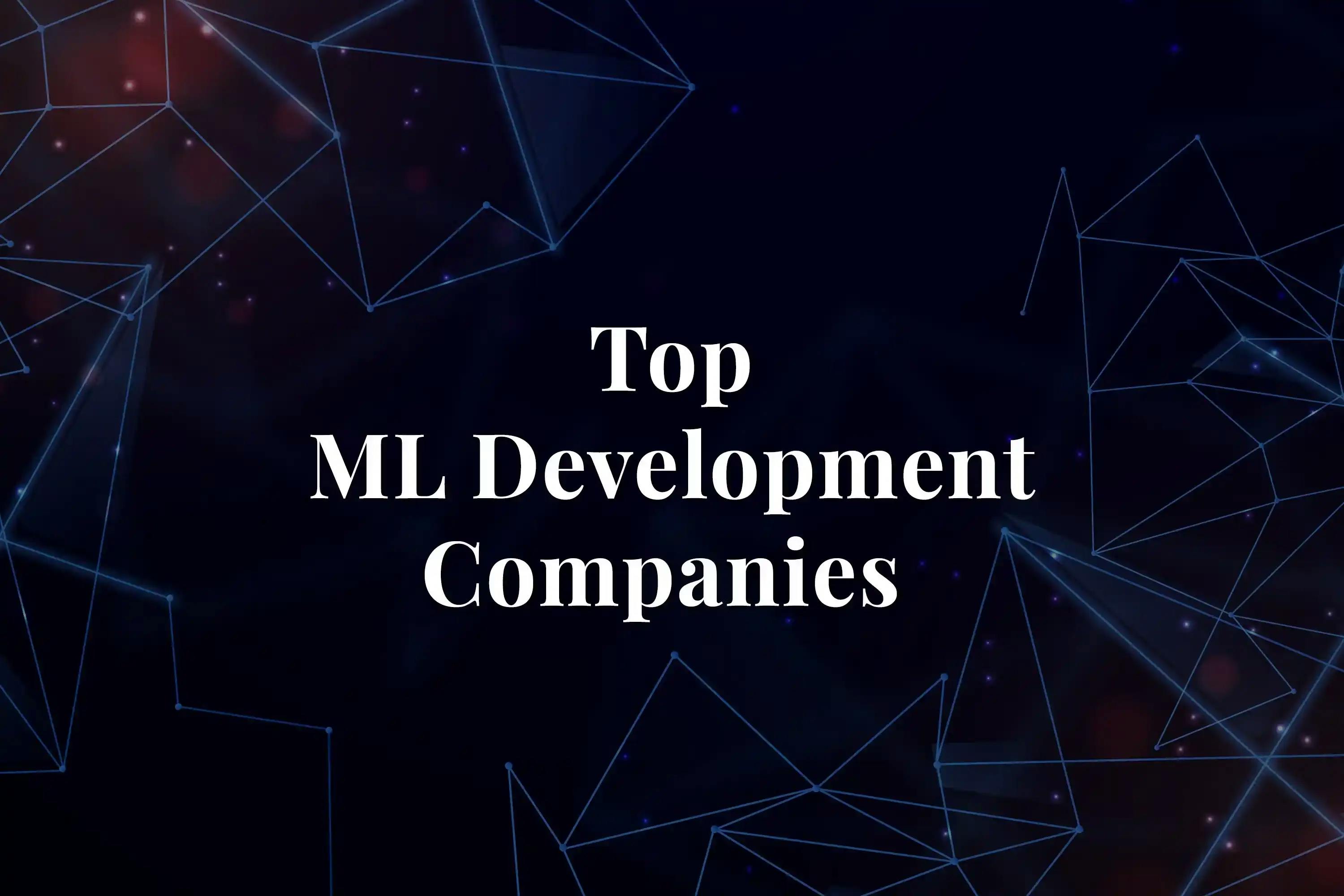Chatbots are, now, a key part of our online world, transforming how businesses talk to customers and manage different tasks. One standout chatbot structure is the Retrieval-augmented Generation (RAG) model. With impressive skills in grasping and producing human-like replies, We'll walk through creating chatbots with the RAG model in this piece, taking you from start to finish of the artificial intelligence services-based RAG model.
RAG, short for Retrieval-Augmented Generation, meshes two types of chatbots into one. One is retrieval-based, which uses ready-made answers—the other, generative, crafts answers from zero. In the mix, RAG uses the retrieval function to locate useful info. Then, the generative feature refines this into more realistic replies. This combo makes the chatbot better at giving precise, context-focused, and interesting exchanges.
How to Build the Retrieval Model
Retrieval-Augmented Generation (RAG) chatbot functions well based on the power and accuracy of its retrieval model. The retrieval model searches for apt data in the chatbot's knowledge bank to answer user questions. Let us now find out how to create this retrieval model for RAG chatbots with the help of an artificial intelligence development company in a stepwise manner.
Step 1: Gathering and Refining Data
To build a functional chatbot, first, gather your data. This data should be ample, varied, and relevant. Collect it from customer interactions, online discussions, chat records, or any fitting text data. The more diverse your data is, the more effective your chatbot is.
After gathering, the data must be refined. This involves certain important jobs:
- Data Purifying
Take out duplicates, not needed information, or any details that could disturb the model. - Tokenization
This is the process of breaking down sentences into smaller parts like words or subwords. It makes analysing and comparing text by the retrieval model much simpler. - Stemming and Lemmatization
This is the process of simplifying words to their basic form. It helps the model identify different versions of the same word. - Data Split
This step involves splitting the dataset into three parts - training, validation, and test sets. The training set is used to instruct the model. The validation set is for tweaking the model and improving its efficiency. The test set is kept aside to evaluate the end model.
Step 2: The Ideal Retrieval Model
Picking the right retrieval model is key to a chatbot's success in locating useful data. There are different retrieval models worth looking at, each with unique benefits and drawbacks. The popular ones include:
- BM25 (Best Matching 25)
Known for its straightforwardness and efficiency, BM25 uses probabilities to rank files by keyword relevancy. - TF-IDF (Term Frequency-Inverse Document Frequency)
This old-school model ranks the value of words in files. Simple but sometimes potent, it assigns importance to terms. - High-Tech Models
Top-tier methods use high-tech systems like BERT (it stands for Bidirectional Encoder Representations from Transformers) or T5 (this is short for Text-to-Text Transfer Transformer). They create complete document maps. These systems grasp the deep meaning of the text. They often result in better matches and findings.
Choosing a retrieval model? You need to think about your data type, your chatbot's needs, and the computer powers you've got. Your model decision can seriously influence retrieval results.
Step 3: Arranging the Data
To speed up the search process, the data needs a special arrangement called 'indexing'. This lets the search program quickly find relevant info in response to questions. How do we index? Well, there are few different methods, and we're going to talk about two popular ones:
- Inverted Index
Like a dictionary, this method matches words and phrases to the documents where they're found. This makes searching quicker, especially if you're looking for specific words. It's a big deal in information search systems! - Sparse Vector Index
Sparse Vector Index method enables documents, and questions to be turned into sparse vectors, kind of like barcodes! Each bar in the code represents a word in our search vocabulary. This index becomes very powerful when we deal with strong vector models, like BERT, for instance. - Indexing Using Graphs
In graph-based indexing, a network of linked documents or passages is formed. This method proves beneficial in highlighting the relationships and links between documents.
The indexing method to opt for is dependent on your chatbot's retrieval model and particular needs. An efficient indexing using large language models guarantees a speedy and precise search of the needed information by your retrieval model.
Step 4: Implementing Retrieval Algorithms
Getting to the right data is a job for retrieval algorithms. They take the user's search terms, process them, and compare them with indexed data to find the best match. What kind of algorithm is used by machine learning service providers hinges on the retrieval model and how data is indexed.
- Vector Space Model (VSM)
VSM is one traditional algorithm. It pairs with TF-IDF and other dense vector models. It presents the search terms and documents as vectors. It then measures similarities for document ranking. - BM25 Scoring
For BM25 models, the BM25 scoring algorithm steps in. It ranks documents by how relevant they are to the search terms. It looks at term frequencies and adjusts for document length. - Understanding Search
Models like BERT use dense vectors. The search method zooms in on meaning matches. It finds out how similar the vectors for searches and documents are.
Setting up search methods is key to the search model. These methods shape the chatbot's knack for pulling up related info from user questions.
Step 5: Validation and Fine-Tuning
It's essential to check your search model's efficiency before using it. You should see how well the model finds related information. You would compare the model's results with data labeled by humans or expert decisions. Some popular ways to validate include: precision, recall, F1 score, and mean average precision.
Fine-tuning aims to polish your search model. It uses validation results. You might change settings, teach the model again, or alter how you index to boost how well the model works. The focus is making the search model as correct and as significant as possible.
Step 6: Scaling and Optimization
When your chatbot gains popularity, you might need to boost your retrieval model. It's about making the retrieval model's foundation stronger, incorporating distributed computing, and adding load balancing. This will help keep things going smoothly, even when lots of users are chatting at the same time.
Remember, you also have to keep up with changes. Users change. Information sources change. So, continually check to make sure your retrieval model is working well and tweak it as necessary to keep it top-notch and trustworthy.
Creating a Retrieval-Augmented Generation (RAG) chatbot's retrieval model by an artificial intelligence development company isn't just a walk in the park. It's a task with many parts. These include gathering data, preprocessing it, choosing the right model, indexing, using retrieval algorithms, validating, fine-tuning, scaling, and continual improvement.
Now, why is the retrieval model crucial? It's because it affects the chatbot's action: offering fitting answers to user questions. So, you see, it's a big deal in making an RAG chatbot successful.
Why is designing the RAG Chatbot's architecture so crucial?
Chatbots are now key in multiple fields of artificial intelligence services, reforming how companies connect with clients and simplifying work. The standout among these chatbots, Retrieval-Augmented Generation (RAG), is known for its capacity to supply relevant, captivating, and enlightening chats. We're going to delve into why creating the framework for RAG chatbots and large language models is critical and how it has an impact on their ability to work effectively.
- Mixing Retrieval and Generation
Retrieval and generation must be balanced in RAG chatbots. Retrieval models are great at pinpointing specifics, while generative models produce apt responses. The architecture safeguards this synergy. It directs when specifics are needed and when responses should be crafted. With good design by machine learning service providers, these elements mesh to produce meaningful exchanges. - Preserving Context
Top-notch chatbots sustain conversation flow and recall past interactions. They should understand both present and past context to provide fitting responses- that’s what users expect. The architecture must ensure that the chatbot holds onto context, leading to engaging and coherent conversations. - Scaling Up
Chatbots are more common now and assist many people. They need to cope with more chats. To make chatbots quick and good, artificial intelligence development companies must design them to scale up. This means the chatbot can manage a lot of users and their queries. - Making It Personal
Chatbots must focus on the user's needs. Good architecture supports features that allow customization. This lets chatbots make responses that match each user's likes. This makes chatting more personal. - Merging Parts
Good linking between retrieval and creation models is important. The design defines how the parts work together. This ensures a smooth and timely exchange of info, leading to meaningful chat.
Let's Break it Down
- Finding and Creating Equilibrium
RAG chatbot architecture works in a specific way. It's about finding the right blend of hunting for info and creating responses. Think of it like looking up answers in a book or storytelling - the architecture guides the chatbot when to switch. - Memory Skills
Top-notch chatbots remember your chats. Think, what if a chatbot forgot what you just said? Here, architecture steps in. It ensures the chatbot recalls and keeps the chat flowing smoothly. - Scaling Up Effectively
As the chatbot's user base grows, it must handle new chats efficiently without slowing or freezing. Here's where architecture lends a hand. It enables the chatbot to manage the rising number of users effectively. - Customizing For You
The design enables the chatbot to grasp your preferences and communication style. Imagine a chatbot that's aware of your most-liked color and converses in a manner you find comfortable. - Ensuring Smooth Operation
Ultimately, the design acts like an orchestra's leader. It coordinates the retrieval and generation aspects of the chatbot to operate in unison. Its role is to ensure the chatbot's replies are logical and sound true-to-life.
A RAG chatbot's structure is like a sturdy building's base. It impacts how well the chatbot can balance searching and making, keep track of content, grow with more users, tailor conversations, and smoothly fuse retrieval and production. Chatbot creators as part of artificial intelligence development services need to think about these aspects when building a structure. It'll result in a chatbot that's effective and catches the user's interest. In the world of chatbots fueled by AI, building the structure well is important for winning for an artificial intelligence development company.
Is Evaluating and Testing of Retrieval Augmented Generation Chatbot Required?
It’s essential to understand a Retrieval-Augmented Generation (RAG) chatbot's function. Highly efficient artificial intelligence development companies ensure it performs excellently and consistently. Here's why we evaluate:
- Assess Performance
Evaluations reveal how adept the chatbot is in information retrieval and response generation. Checking for accuracy, relevance, and coherence, we confirm it suits our needs. - Consideration of User
It's imperative to view user-chatbot interaction. Through user responses, tests, and polls, we gauge the chatbot's effectiveness among its intended audience. This supports recognizing areas for improvement. - Checking for Mistakes
Think about testing as a mistake finder. A chatbot may sometimes misunderstand its users or provide wrong details. It might even say stuff that makes no sense. Testing helps to find these issues. - Dealing with Strange Events
Testing also determines how the chatbot responds to weird or unexpected events. It has to manage any event and remain trustworthy. - Expansion and Learning
Let's also consider progress. Can the chatbot improve over time? Can it learn from the people it connects with? Testing can show us this. - Safety Measures
Every organisation must think about security and compliance. It's key to keep sensitive data safe. How? Set up rules and check them often. Use strong passwords. Keep important data hidden. Check for breaches. Keeping security and compliance first help businesses. It safeguards their reputation, keeps customers happy, and avoids money and legal troubles. - Fine-Tuning
All systems and processes need the right touch. Why? To work better and faster. Look for places to use resources better to get good results. Fine-tuning is key for any competitive group. It doesn't only make work productive but cuts down costs too.
Importance of Chatbots in Various Industries
Chatbots are priceless tools useful in many sectors. They offers effectiveness, expandability, and improved client interaction. Here are a few primary places where chatbots have brought great changes:
- Customer Care
Chatbots are popular in customer care, offering quick help and replies to usual questions. They handle routine issues, allowing humans to tackle harder tasks. This tool developed by an artificial intelligence development company speeds up customer help, cuts down on wait times, boosts the quality of service, offers help to customers, and more. - Digital sales or online trade
In online selling, chatbots aid customers by suggesting items, tracking orders, and sorting out shopping queries. This results in an enjoyable shopping experience and increases sales gradually. Chatbots not only promote additional and more expensive items to increase a company's revenue, but they also offer tailored product suggestions. - Healthcare
Efficient chatbots based on large language models are pretty good at helping set up appointments and giving health advice. Healthcare chatbots can even keep a watch on patient health and thus, the health industry works faster and is more available. Chatbots help to lessen the amount of work for healthcare pros. This gives them more time to care for their patients. - Education
Chatbots can be useful in assisting students with queries, handling administrative duties, and customising their learning for greater enjoyment. These digital helpers boost the educational process, offer quick help, simplify office tasks, and more. In addition, this gives educators more time for one-on-one teaching and also helps to improve the general level of education. - Finance
Chatbots are useful tools that banks and financial institutions use. They can check your balance, transfer your money, and offer investment guidance. They offer a simpler and quicker way to handle your cash. Furthermore, chatbots as part of machine learning consulting services have a role in increasing financial understanding by explaining complicated financial ideas in an easy-to-understand way. - Travel and Tourism:
Chatbots ease travel by providing critical yet useful information. Chatbots in the travel industry assist in reservation and answer travel queries. This makes journeys feel more seamless and calm. Also, they supply custom travel suggestions based on individual likes, forming unique travel plans for unforgettable experiences. Chatbots furnish live updates on flight timings, climate, and nearby happenings, making certain travellers are updated and ready when they are away.
Conclusion
Want to build a smart and interactive chatbot?
The Retrieval-Augmented Generation (RAG) model is your tool. Codiste, being a reputed artificial intelligence development company, specialises in crafting advanced chatbots. From gathering and arranging data to creating the structure and checking it, Codiste does it all.
At Codiste, we craft an RAG bot considering the design is a crucial step. Our team of experts keeps a balance between finding and using information for understanding context, customising responses, and expanding. Smooth blending is essential too. Once the bot is made, we test and assess it. We analyse its function, adjustability, user interaction, and law adherence. Spotting and fixing errors is another key step to avoid bumps in the road.
Chatbots are critical in many fields. Everyday sectors like health, education, e-commerce, travel, finance, and customer service are transformed using these bots. They bring in efficient, expandable systems that deeply improve the customer experience. Let's not forget the RAG model. It uses retrieval and creation methods to make chat more relatable. This allows for more fluid results.






